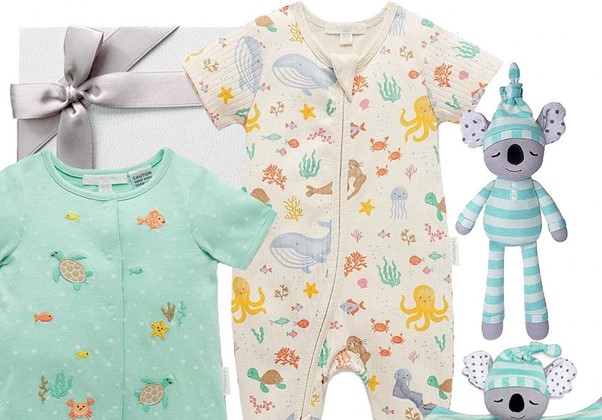How to Make a Video of Your Child’s High School Graduation
Your child is graduating! Whether they’re leaving elementary school or walking the stage at high school, this is a huge milestone worth celebrating. What’s a better way to save these unforgettable moments than by creating a mini-movie? With just a little creativity and some handy tools, you can capture and edit a video that your family will cherish forever.
Here’s how to make it happen, with six fun and practical tips for shooting and editing your masterpiece.
1. Choose the Right Video Editor
Before you embark on your creative journey, make sure you have the right tools at your disposal. A compelling video editor can transform ordinary clips into extraordinary memories. Don’t fret if you’re new to the editing game. Consider Clipify, an intuitive choice that’s brimming with features — effects, music, etc. Want to sprinkle some excitement with graduation caps or confetti visuals? Clipify has you covered. Learn more about how to add stickers to videos with this easy-to-follow guide. Investing time in choosing a user-friendly editor will save you from unnecessary headaches later, paving the way for a creation that’s genuinely unforgettable.
2. Start with a Countdown Clip
Build excitement by beginning your video with a countdown montage. Use clips or photos from earlier school years leading up to this moment. Show your child’s first day of kindergarten, their messy science projects, and those early sports games. Then end the countdown with the moment they step onto the stage to graduate. This quick look back will tug on heartstrings before the main event even starts.
3. Capture the Little Details
Big moments like walking across the stage or tossing the cap are important but don’t overlook the small stuff. Film your child putting on their cap and gown, chatting with friends, or practicing their speech. These behind-the-scenes moments are what make the video feel real and personal.
4. Gather Sentimental Messages from Loved Ones
Take a moment before or after the ceremony to gather heartfelt video messages from family and friends. Invite grandparents, siblings, and close pals to share quick anecdotes or uplifting notes of encouragement. These precious snippets lend depth to your video, creating moments of genuine connection that your child will hold dear for years to come.
5. Embrace Slow Motion for Impactful Moments
Graduation day goes by fast. Slow-motion shots can emphasize the significance of key moments, like your child receiving their diploma, hugging a favorite teacher, or celebrating with friends. Most smartphones and cameras have a slow-motion feature, and you can also add this effect later while editing.
6. Choose Background Music that Resonates
A graduation video without music feels like a cake without frosting. Opt for a track that encapsulates your child’s spirit or the day’s overall vibe. Go for something jubilant and spirited, or perhaps a softer, more nostalgic melody. Many editing tools, like Clipify, for instance, provide built-in music libraries, or you can seek out royalty-free tracks to sidestep copyright issues. Enhance emotional moments by fading in and out during highlights — like when your child’s name rings out or when the family erupts in applause.

7. Make it Fun and Memorable
Graduation day is about more than just the ceremony. If you’ve been capturing memories throughout the day — decorating the car, taking family photos, or even grabbing burgers after the ceremony — compile these clips into your movie as well. Consider interviewing your child as well. Ask questions like, “How do you feel about graduating?” or “What are you most excited about?” Their candid responses will deliver an extra slice of nostalgia down the line. And, of course, capture the vibrant reactions of family — cheers, tears, and joyous laughter!
Bonus Pieces of Advice for Effortless Editing
Editing doesn’t have to be hard or time-consuming. Here are some tips to make the process easier:
- Keep it concise: Aim for 5-7 minutes max. This way, the video stays engaging and doesn’t drag on.
- Organize clips beforehand: Group footage by event (e.g., “Pre-Ceremony”, “Graduation Walk”, “Family Celebration”) or create a timeline of the day.
- Use simple transitions: Resist the urge to overdo it with flashy effects. Clean cuts and smooth fades often resonate best.
- Add titles and captions: Include the date, school name, or fun labels like “Most Likely to Succeed”, “Future Astronaut”, or “Next Stop: College”.
- End with a heartfelt message: Finish your video with a closing title card. Something like, “We’re so proud of you, [Name]!” gives it a meaningful sendoff.
Final Thoughts
Creating a graduation video transcends mere documentation of a ceremony; it’s about capturing the essence of this unique moment — celebrating your child’s journey and accomplishments. With these inventive suggestions, you’ll craft a keepsake that’s not only delightful to watch but also a reservoir of cherished memories your family will revisit for years to come. Dive in, get creative, and make this moment unforgettable!








